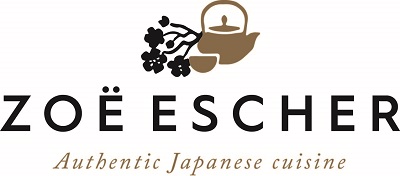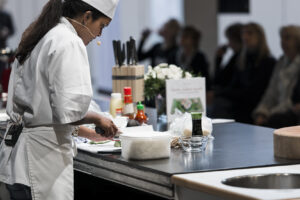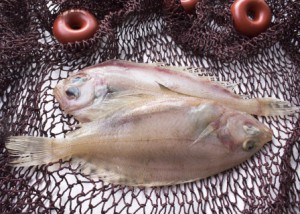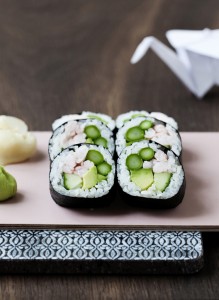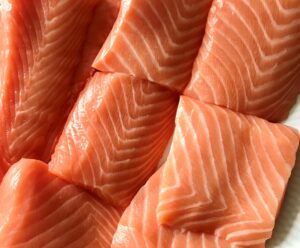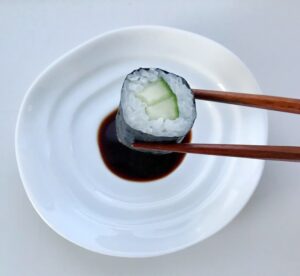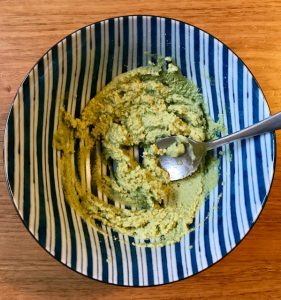What is best to drink for sushi depends on where in the world you are.
Denmark is a country where wonderful wines are enjoyed all year round. Wines that go well with heavier dishes with meat or fish and seafood dishes that is lighter.
On a warm summer evening, I would suggest that you drink cold white wine that goes well with seafood. There are several different white wines and, I would recommend that you look past a wine merchant, they will be able to make the perfect match.
Champagne is also a very delicious wine to drink for sushi. The fine bubbles go really well with sushi. In Denmark, bubbles are most often drunk at special events. White wine and/or champagne are good choices for sushi.
In Japan, sushi restaurants most often serve cold beer for sushi. At the exclusive restaurants such as Michelin restaurants, you as a guest are offered sake. Sake is not just sake. Of course, it is important to sake wine that goes well with sushi.
When it comes to sushi, the selection of drinks is huge.
Read more about Sushi course for beginners
_
Zoë has lectured and held sushi courses for A. P. Moller – Maersk, Hugo Boss Nordic, Novo Nordisk, Novartis, Velux, Gorrissen Federspiel, Beierholm revision, Elbek & Vejrup and many more.
